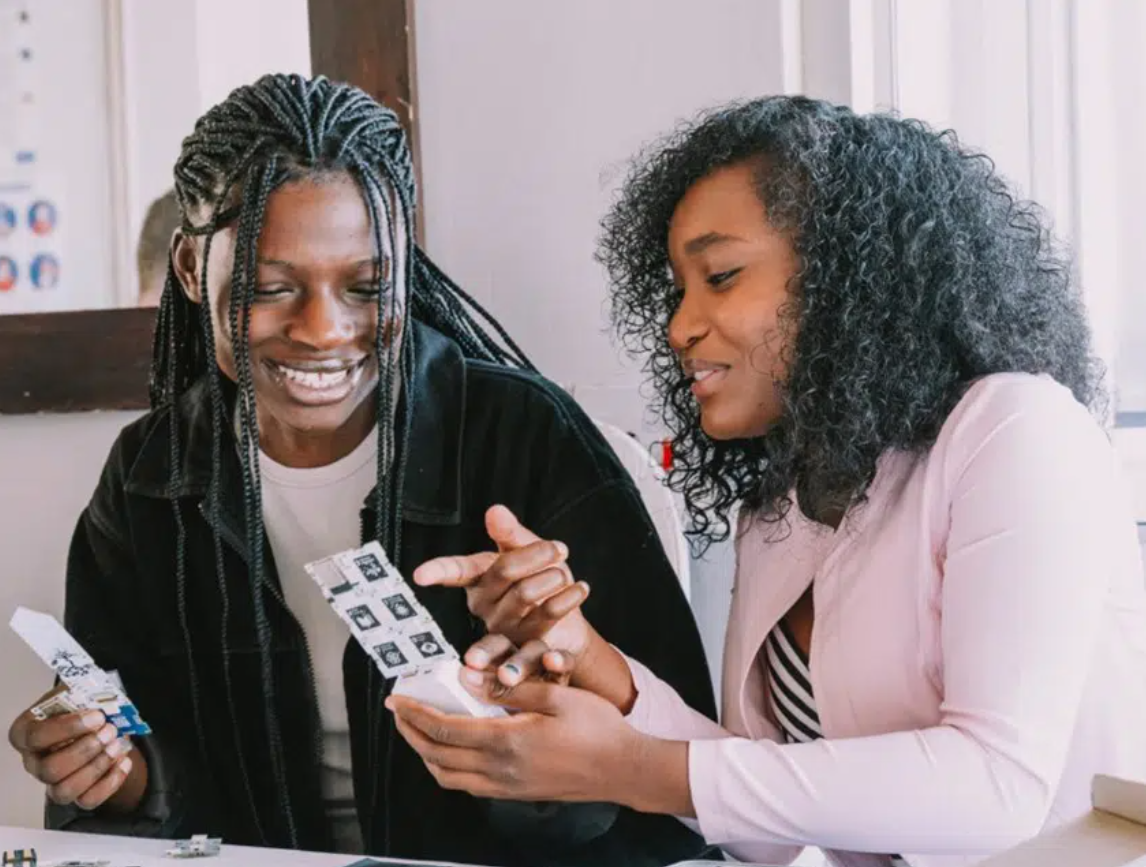How to improve accessibility within educational premises: practical tips and strategies
For any educational premises, the importance of accessibility is perhaps one of the most important parts of running such an establishment. Unfortunately, there is still a long way to go in providing accessibility for everyone, no matter where they are or what they need access to.
Improving accessibility, especially within an educational premises is important and there are many ways in which you can do this successfully. With that being said, here are some tips for improving accessibility within educational premises for the benefit of those who need it.
Install ramps and self-opening doors
One of the most common efforts made when it comes to improving accessibility within premises, in general, is the physical changes and additions made.
For example, installing ramps and self-opening doors are just two ways in which you can help make the premises more accessible to those who need it. Ramps are universal for everyone but most importantly for those who are accessing the building via a wheelchair.
It’s hard to imagine not being able to go over a threshold simply due to a step or two. However, that’s the reality that many face when there aren’t any ramps installed on a property. Consider the investment into self-opening doors too, which can be incredibly handy for those who don’t have the ability to push or pull a door open by themselves.
Provide accessibility through lifts
Accessibility through lifts is an important one. There are often problems with buildings not having working lifts and for someone in a wheelchair or those unable to climb stairs, makes accessibility a challenge - if not an impossible one to navigate.
Lifts do break down of course, but having lifts that are available within the building is crucial. It’s also necessary to be proactive in getting lifts checked regularly and ensuring every lift is well-maintained to avoid a breakdown or issue at all costs.
Improve lighting
Lighting is another one that some might not consider to be important to the average person but in fact, can be incredibly helpful for those who need it. You should look to use natural light as an option to improve the quality of the space.
Avoid glare so that those with visibility issues won’t have a problem seeing the board or whatever is in front of them. Use higher-wattage bulbs to improve the brightness of the lights throughout the space.
Make use of track lighting too which is an essential tool for making the space more accessible in general. Motion sensors can also be useful when improving visibility.
Invest in assistive technology
Assistive technology is great for those with access needs and while there are lots of investments that need to be made in technology, assistive options are also crucial.
It’s important to give every child or individual in a learning environment, the same opportunities and access to the same technology. Opt for touch-screen computers where possible and offer tablets to those who will benefit from using them.
Offer listening aids
Supporting students with visual impairments is important and in order for them to learn within the establishment, it’s imperative they have these listening aids available.
These listening aids are a great way to help those cope within the environment and to ensure they hear everything that’s being said to them or explained through other means. If you’re looking for guidance on what you need then an ADA compliance checklist is worth referencing for help.
Review policies and make accommodations for those who need it
Reviewing policies in place - or not currently in place - is important to ensure everyone is being accommodated. For example, you might want to look at what processes are being put in place for those who need specific exam environments.
There will be students who require a more specific exam arrangement in order to give them the best chance of successfully completing the exam in question. Creating a fair and equal exam environment should be something every student receives.
Have emergency protocols in place
Finally, make sure you have emergency protocols in place. Creating an accessibility plan and ensuring all employees have an understanding of what to do in an emergency is crucial. It can really make a difference in how situations are handled.
Improving accessibility around educational premises is important, so taking on these tips and improving your own establishment is well worth the efforts made. Look at where your accessibility is lacking and make up for this with actionable changes in all areas.

























